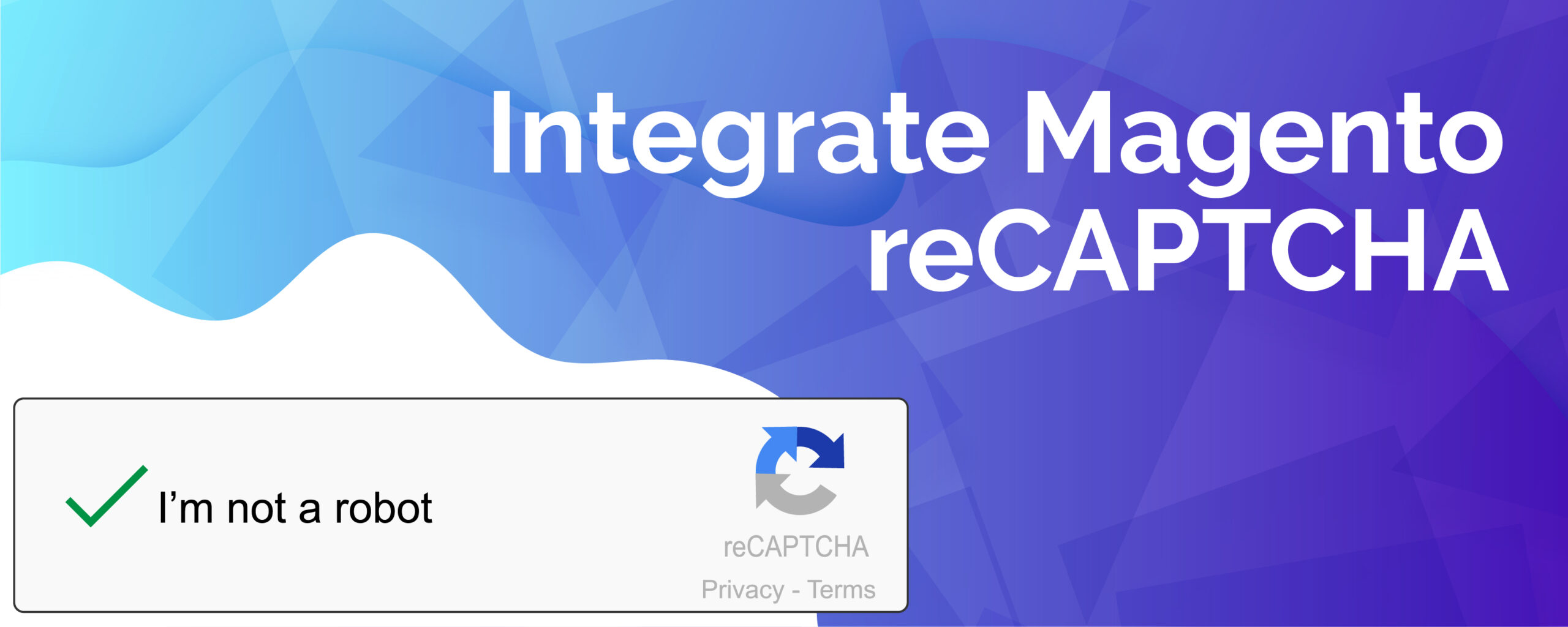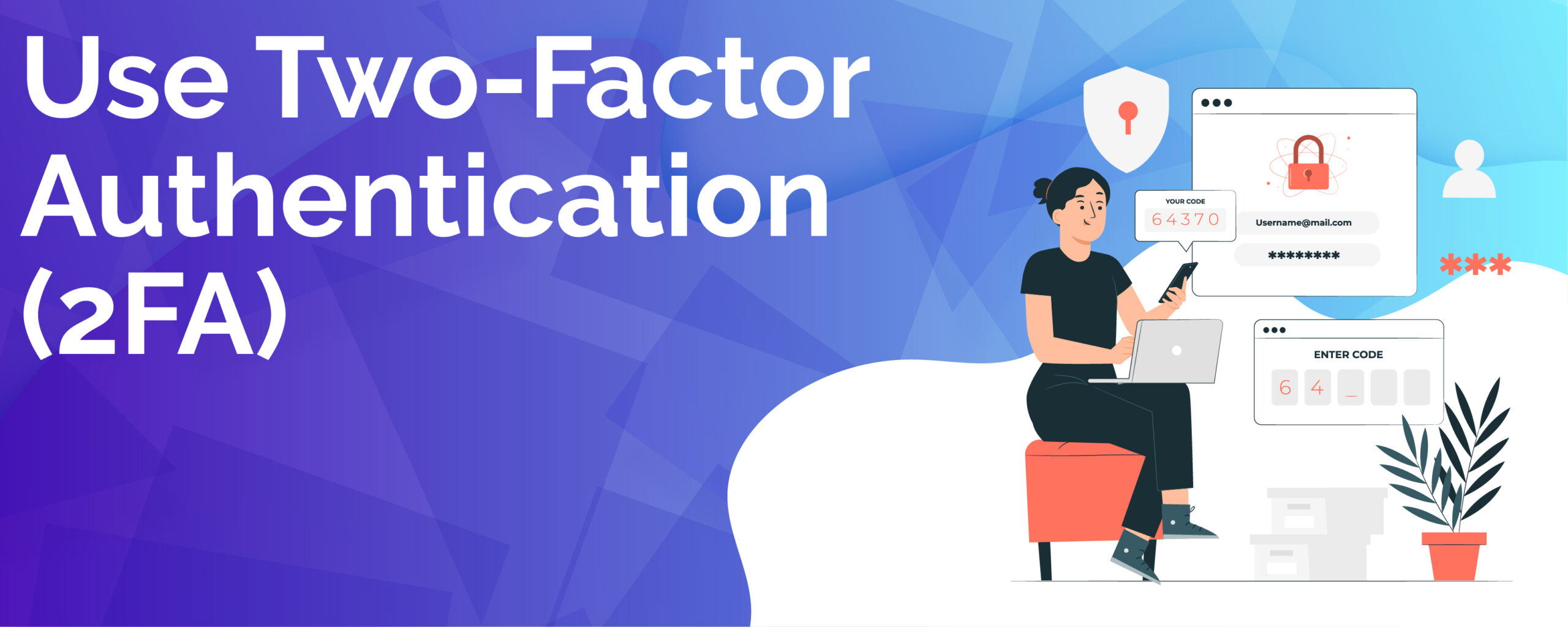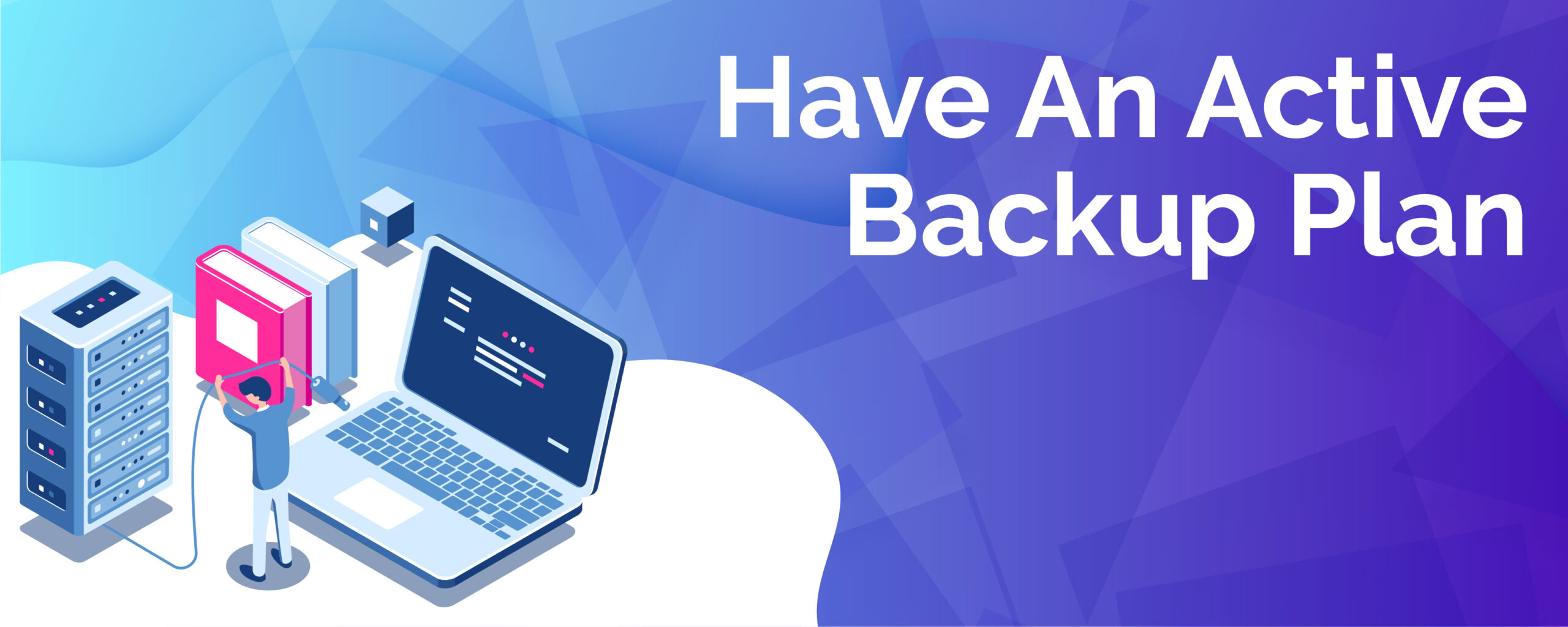Security is an important aspect of website development that should never be compromised on. Adhering to the best practices and traits for security during Magento 2 development is the best way to safeguard your store.
Magento is one of the most used e-Commerce website development platforms that provide all bells and whistles for smooth development and management. Used by merchants from all around the world, Magento develops a strong website that is extensively good at selling goods and services digitally. The best way to develop a website in Magento is to hire a Magento development company that can understand and meet your requirements.
WHAT IS MAGENTO SECURITY?
The Magento eCommerce Cloud is a highly secure architectural build that provides a safe environment for website development and execution. Each customer is responsible for deploying their websites in isolated server systems which are separated from their customers. These elements for Magento Security and provide a safe environment for your eCommerce website operations.
When it comes to Magento security, there are several aspects already inbuilt into the security features that can help implement the best industry practices to make a sound and secure website.
Here we will talk about the best practices that will keep your Magento 2 website safe and secure:
1. Integrate Magento reCAPTCHA

The importance of reCAPTCHA in security for eCommerce stores is something that cannot be neglected at any cost. Magento 2 provides reCAPTCHA services for your eCommerce store that helps in averting spam and saves your eCommerce store from hackers or unwanted intruders. reCAPTCHA helps to prove comprehensive security to user login in checking for bots. The system does not allow any process to pass if there is any irregularity.
2. Use The Latest Magento Version
Magento rolls out the latest version of the software very often. These updates contain bug patches, security fixes, and several general management improvements that address all recent practices and developments. While most users feel the need to keep an eye out for updates to be very frustrating, Magento 2 does not create the issue anymore. With every new update, you can keep track of all the available parch notes which allows you to keep tabs on the alterations and modify them according to your needs.
3. Build A Secure Environment
A secure environment can help deploy and manage your eCommerce store smoothly. Additionally, you have to keep an eye on all the software updates to maintain the environment. In case of any unnecessary software on the server, the hosting provider can extend assistance that can help you uninstall the software. Moreover, the use of secure connections and communication protocols like HTTPS, SFTP, or SSH to manage the files ensures restricted access to your admin panel.
4. Use Two-Factor Authentication (2FA)

A secure password for your Magento website is not always the most secure way to keep your site protected from the present internet scenarios. To prevent higher security risks, two-factor authentication is the best way to enhance the overall security of a Magento 2 website.
The Magento 2 platform offers an amazing two-factor authentication extension that can provide you with an extra layer of security to your system. The extension allows only trusted devices to access the website backend through four different authenticators Additionally, you need to control the human element of security and control the share of the code with authorized users. Besides the inbuilt extension for two-factor authentication, Magento 2 also allows third-party plugins or extensions that can help you build a secure website. You can hire a Magento development company to ensure the highest levels of security for your eCommerce website.
5. Set A Custom Path For The Admin Panel
Is it one of the most simple security tricks to help restrict the exposure of your admin page to potential threats. Use a custom Admin URL for your backend admin page, it does not protect your website directly, but it makes it difficult for determined threats to find the pathway to access your backend.
A typical MagentonAdmin URL and Path is http://yourdomain.com/magento/admin.
You can change the path from the server or admin settings.
6. Disable Directory Indexing
One of the advanced ways to ensure Magento 2 security is to disable directory indexing. Disabling the directory indexing will allow you to hide all the different ways you can access and store the domain files. This is one of the most efficient techniques to prevent cyber-attacks that target your Magento website for the core files.
7. Have An Active Backup Plan

Generally, backing up your website is no protection from any vulnerabilities online, but it is one of the most efficient techniques to recover your website in case it is compromised. Forceful attacks, malware, and malicious files are popular forms of threats that can compromise the integrity of your entire site without your knowledge. If your website is under attack by hackers, having a backup is always a handy option to ensure that your business operations are not held back or destroyed.
Moreover, backups are the most helpful resource in case of database malfunctions or server crashes. Backing up your website data regularly helps keep an updated copy of your website in a safe place in case you need to restore it due to some compromise or technical difficulties.
8. Restrict Admin Access
Besides a secure password and two-factor authentication, it is also important for you to control the human factor of security and restrict the number of people who have access to the website backend. Restricting the number of devices with access to your website backend will limit the chances of a cyber attacker accessing your website backend or admin files.
9. Failed Logins Restriction
One of the significant ways to ensure security is to restrict the number of allowed failed logins. This will restrict the use of repeated wrong passwords and stop hackers from accessing your website backend.
CONCLUSION
Online shopping is always better on a secure platform and ensures better customer satisfaction when purchasing products or services. When developing an e-Commerce store, taking care of security is a priority. Security gaps can lead to unwanted distrust, which will affect traffic and sales flow.
